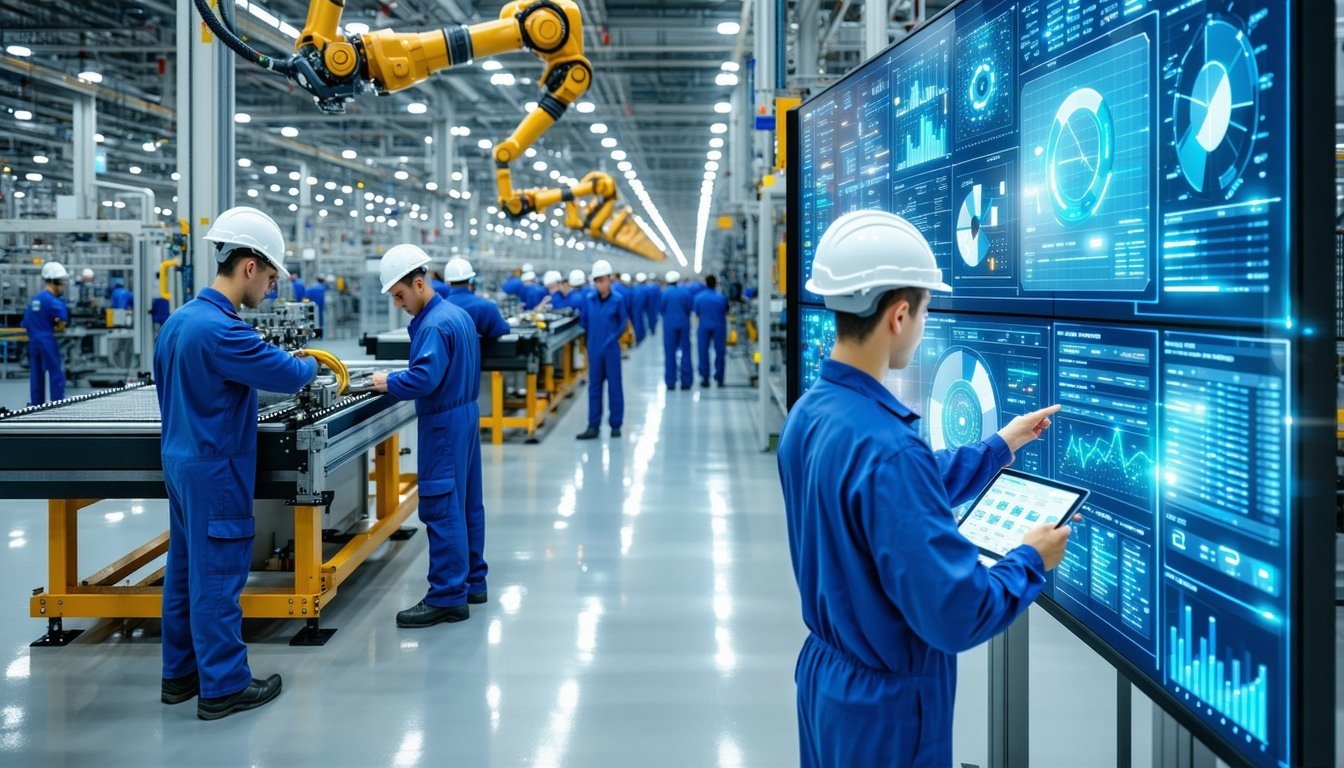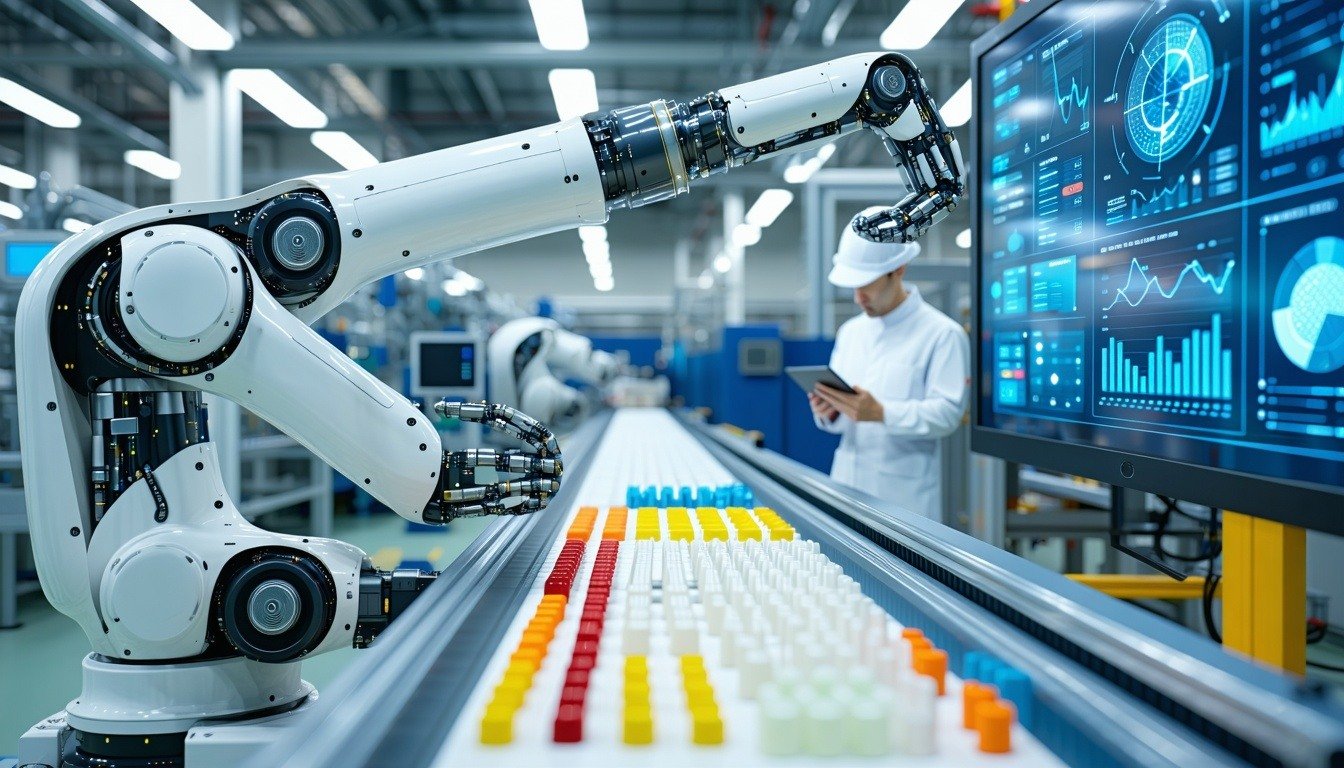Bridges, railways, dams, buildings, and other infrastructure are highly symbolic of a nation’s technical marvels. When these structures get worn down or, in the worst-case scenario, collapse, it reflects poorly on a country’s identity and leads to tragic loss of life. However, early signs of damage to infrastructure are almost always impossible to detect with the naked eye. Corrosion, aging, fatigue, and impact loads only become observable at a late stage of deterioration, which is usually too late. Therefore, Structural Health Monitoring (SHM) is essential for governments, engineers, and infrastructure asset owners to apply if they want civil infrastructure to continue functioning properly. Remotely monitoring infrastructure with SHM systems provides the following benefits:
- Extends the life span of infrastructure
- Minimizes maintenance costs
- Decreases inspection time
- Reduces safety risks for staff
- Increases accuracy and reliability
What Is Structural Health Monitoring?
Structural Health Monitoring (SHM) is the process by which the condition and performance of critical infrastructure can be determined to ensure its safety and longevity. SHM solutions monitor parameters that can assess damage to the structure due to operational or environmental conditions; the parameters include measuring soil degradation, water pressure, vibration, strain, temperature, and displacement, among other factors, that can provide insight into the health of the structure. SHM systems use Internet of Things (IoT) sensors to generate real-time data about the condition of aging and vulnerable infrastructure. SHM enables infrastructure operators to take a proactive approach, rather than a reactive approach to maintenance. For example, SHM will identify where corrosion on bridge wires has developed, which investigators report as the cause of the deadly Morbi bridge collapse in India in 2022.
SHM can remotely identify early onset structural damage before further deterioration, which saves maintenance costs and potentially can prevent life-threatening events through early intervention. Below are several examples of how civil engineers, governments, and infrastructure managers can leverage SHM:
- Assess a bridge’s structural response to a recent hurricane
- Detect erosion of railway tracks, which is said to be the cause of the Kütahya train derailment in Turkey
- Identify the structural tilt of a building complex
- Gauge the impact of mining operations on tunnel structures
- Collect acoustic data to reveal anomalies in the structural health of a dam
Content you may also enjoy
Going with the Flow: How IoT-Based Leak Detection Sensors Are Leading Water Conservation Efforts
The Rail Sector’s Journey toward IoT-Based Predictive Maintenance
Why Structural Health Monitoring Is Needed
Aging Infrastructure
Due to their aging nature, bridges and rail infrastructure are particularly prone to further damage and deterioration from climate change and extreme weather events. In the United States, 42% of bridges are at least 50 years old. SHM systems play an important role in ensuring efficiency and safety of critical infrastructure by promptly detecting the physical breakdown of structures and their surrounding environment.
Efficiency
Bridges and railways are key instruments in global supply chains and public transportation. If this critical infrastructure is deteriorating without anyone’s knowledge, service disruptions and even loss of life are on the table. As Electric Vehicles (EVs), heavier than Internal Combustion Engine (ICE) vehicles, continue to see wide-scale adoption, this further strains our roads and bridges. Moreover, demand for rail transport is expected to more than double by 2050, placing greater burden on railway infrastructure. SHM systems allow engineers and infrastructure operators to monitor the condition of bridges and railways remotely from the onset of the defect. Detecting failures earlier on can help avoid maintenance-related delays.
Safety
Undetected damage to critical infrastructure can have disastrous, even life-threatening, consequences. For these reasons, rail, bridge, dam, mine, and construction operators must ensure their infrastructure is in good shape; SHM data can reveal if a mine is unstable, if the foundation of a building is tilting, or if there are cracks on a bridge, as a few examples. In many countries, the government mandates the monitoring of structures under construction and the surrounding buildings to assess structural integrity for safety-related reasons.
Climate Change
The cost of weather-related delays in the United Kingdom has increased from £45 million in 2009/2010 to £100 million in 2019/2020, highlighting the increased frequency of extreme weather events. As the deterioration of infrastructure is accelerating, governments and infrastructure operators must have the tools to predict when a failure will occur ahead of time. Again, IoT-based SHM systems identify signs of failure early on so maintenance solutions can be implemented quickly. The Kütahya train derailment in Turkey, for example, was said to be the result of soil erosion after heavy rainfall in the region.
Types of IoT Sensors Used for Structural Health Monitoring
The value of SHM systems comes from the data generated by IoT sensors. These monitoring sensors—many geotechnical— provide vital information about the condition and health of a structure and its surrounding environment. Overseers of bridges/roads, construction sites, mines, dams, and rail infrastructure have many sensor types to choose from. Table 1 identifies some of the most commonly deployed sensors for structural health monitoring use cases.
Table 1: Sensors Typically Used for Structural Health Monitoring
(Source: ABI Research)
|
Sensor Type |
Output |
Reason |
Applications |
|
Piezometer |
Measures the pore/water pressure in the soil or rock. |
Measurement of pore pressure is used for understanding the stability of the structure. Higher pore pressure, in some cases, leads to failure of load bearing capacity of the soil. |
|
|
Inclinometer/Tilt Meters |
Measures the inclination or tilt of a structure. |
Changes in inclination can reveal if a structure is undergoing deformation. Any deviation can indicate structural instability in need of attention. |
|
|
Strain Gauges |
Measures the magnitude and variation of strain. It converts pressure, force, torque, weight, tension, etc. into a change in electrical signal that is measurable. |
Strain gauges can identify changes in strain distribution within a structure. Changes in strain can mean early signs of deterioration of a structure. They are also used for dynamic monitoring (vibration, traffic loads, earthquakes) to assess the response of a structure to these external forces. |
|
|
Accelerometer |
Measures static (gravitational force on structure) and dynamic (vibration) acceleration forces. |
Accelerometers are used to assess the dynamic response of structures to different loads, vibration, wind, earthquakes, etc. Monitoring dynamic loads is important for understanding the fatigue life of structures, whereas changes in the dynamic response can indicate damage in the structure. |
|
|
Acoustic Emission (AE) |
AE sensors measure high-frequency ultrasonic waves being released due to crack formation or stress. |
AE sensors are used to detect early crack formations before they become critical, allowing for early maintenance to take place. AE sensors can indicate the location of the active area where the crack is growing. |
|
|
Temperature |
Measure the temperature of structural materials and/or environment. |
Temperature sensors are often used for assessing how temperature variation impacts structures in terms of expansion and contraction. Extreme temperatures can also accelerate corrosion and degradation. Temperature data help stakeholders make appropriate plans for the safety and maintenance of structures. |
|
|
Crack Meter |
Measures the width or displacement of cracks. |
Crack meters are used to assess the size, severity, and propagation of cracks (if the crack is growing or stable). By monitoring the development and behavior of cracks in structures, engineers are able to make informed assessments about the structure’s overall safety. |
|
|
Displacement |
Measures changes in movement or position within a structure in the form of analog voltage, current, or digital signals that indicate the direction and size of the displacement. |
By monitoring and providing data on the magnitude and direction of displacement within a structure, the extent of the deformation can be understood and rectified. |
|
|
Load Cells |
Measure the applied loads or forces on a structure, including dynamic loads such as traffic on a bridge or static loads such as the weight of a structure. |
Load testing is used to understand the structural response to different loads. Load cells are also used to monitor the load on structures to ensure it is within safe limits. Furthermore, load cells are able to detect when the load distribution within a structure starts changing, which can indicate structural imbalances. |
|
Technology Considerations beyond IoT Sensors
Sensors are the first step toward an IoT-based SHM solution. This section outlines other technological factors that affect SHM outcomes.
- Data Loggers: 9 out of 10 IoT sensors in the SHM market are wired instruments that require data loggers that aggregate and backhaul environmental/structural data to the cloud.
- Connectivity: Depending on budget, application, and data throughput requirements, organizations must select an IoT connectivity type. Short-range solutions like Wi-Fi and Bluetooth® have lower rates of adoption, whereas Low Power Wide Area Networks (LPWANs) such as cellular or proprietary LPWAN like LoRaWAN are leading connectivity solutions for SHM use cases.
- Network Topology: Star and mesh are the two most prominent network topologies for structural health monitoring use cases, with bus topology being more nascent. Each network topology has its own advantages and disadvantages. The choice of topology for IoT devices boils down to the SHM application, as they provide varying degrees of resilience, scalability, range, power consumption, complexity, cost, and security.
- IoT Device Life Span: The battery life of a wireless sensor is a big concern for SHM applications, as significant data throughput can reduce the device’s longevity and increase maintenance costs. For example, KONUX’s rail-tracking monitoring IoT devices can last between 4 years and 10 years, depending on how frequently data are transmitted. Some vendors are tackling device life span challenges through energy harvesting technologies, such as Radio Frequency Identification (RFID) tags, solar power, and ambient (vibration) energy harvesting.
- Software: All the sensor data mean nothing without being put into context. This is where remote monitoring software solutions are crucial, providing data management and analytics to make sense of structural condition data. Artificial intelligence (AI) is often used to interpret the SHM data and help users understand gradual changes to the structure and identify issues. All but one of the 18 SHM vendors ABI Research recently assessed provide a software offering alongside the hardware.
Structural Health Monitoring Companies
This section provides profiles for some of the leading companies providing structural health monitoring solutions. Some companies provide the hardware, others provide the software, and several offer an End-to-End (E2E) solution.
Accolade Measurement Ltd
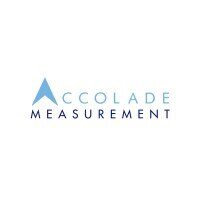
U.K.-based Accolade Measurement Ltd has over 20 years of experience in SHM. The company provides tailored monitoring solutions, employing real-time data collection on vital parameters to enhance structural safety and extend the life of bridges. Notable SHM projects from Accolade Measurement include the Queensferry and Hammersmith bridges.
Encardio Rite

Founded in 1966 in India, Encardio Rite provides end-to-end solutions for structural health and geotechnical monitoring in various projects globally. With a focus on sensor development, the company differentiates itself by offering both instrumentation and engineering services. Encardio Rite is aiming for expansion in the United States due to perceived opportunities in advancing structural monitoring awareness.
Infrasolute
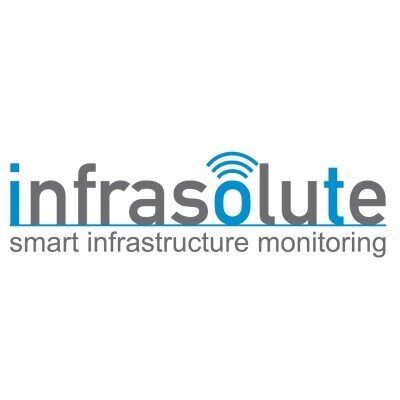
Infrasolute, a Swiss/German SHM company with over 10 years of sensor development experience, specializes in concrete corrosion monitoring. The company reports installing over 1,500 sensors on bridges, car parks, and tunnels worldwide. Using patented RFID technology, the passive sensors embedded in concrete measure corrosion, humidity, and temperature. The acquired data are transmitted via solar-powered RFID readers and Narrowband IoT (NB-IoT) technology, offering a long life span of 80 years.
KONUX
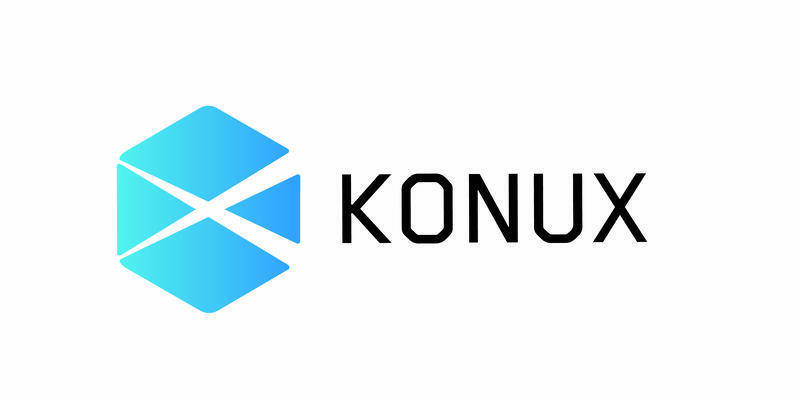
Founded in 2014, KONUX aims to digitize the rail industry through structural condition monitoring. Positioned as a data analytics company, KONUX collaborates with sensor manufacturers to develop its SHM solutions, including KONUX Switch, KONUX Network, and KONUX Traffic. The German firm’s SHM solution employs AI and large-scale data integration to address capacity bottlenecks and enhance rail network monitoring and maintenance.
GKM Consultants
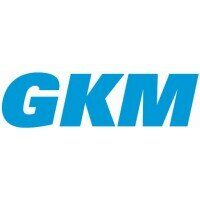
GKM Consultants, based out of Quebec, Canada, excels in real-time monitoring solutions for mining, energy, and civil engineering. Partnering with Keller-affiliated companies GEOKON and GEO-Instruments, GKM delivers turnkey SHM solutions with real-time alerts being a strong focus. Real-time alerts on parameter anomalies ensure maintenance teams promptly respond to critical events. Finally, the company provides sophisticated data visualization tools for comprehensive insights.
Time to Assess the SHM Market
Recent tragedies, such as the Morbi bridge collapse in India, the Surfside condominium collapse in Miami, the Kütahya train derailment in Turkey, and the Morandi bridge collapse in Italy, weigh heavily on the minds of infrastructure operators. These events highlight just how essential it is to monitor the health of aging infrastructure accurately and consistently. As infrastructure asset owners increasingly prioritize “predictive maintenance” over “maintenance after failure,” ABI Research expects the adoption of SHM sensors to grow robustly to almost 23 million connections by 2030. This growth in condition monitoring investment comes at a time when organizations have a wide range of IoT hardware and visualization software solutions to choose from. An increasingly competitive remote monitoring market has reduced installation costs and complexity, significantly lowering SHM sensor adoption barriers.
ABI Research recently published its IoT Solutions for Structural Health Monitoring in Critical Infrastructure research report to help vendors, governments, and infrastructure asset owners better understand the top segments, technologies, use cases, and companies driving the SHM market. Download the report today to see our analysts’ complete findings.



